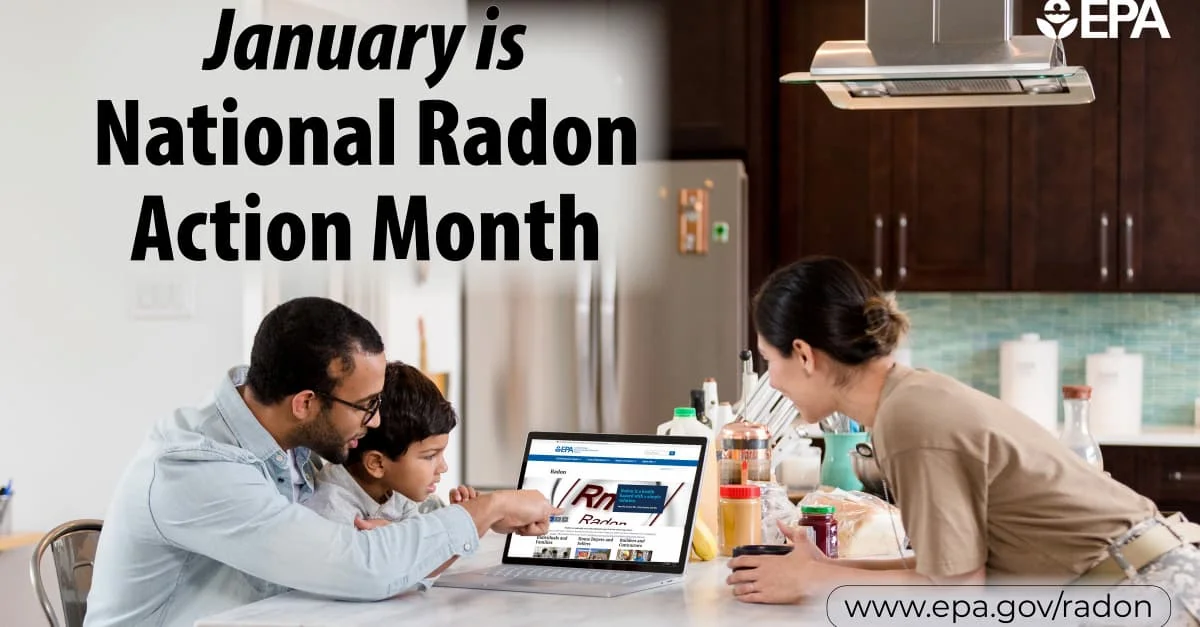Radon is an invisible, odorless, and tasteless gas released from uranium breakdown in rock and soil. Without any warning, it can seep into homes through foundation cracks or other openings, or even be pulled in through a solid foundation by pressure differentials. Although easily prevented, elevated radon levels pose significant risks.
Most homeowners are unaware of radon gas until it results in health complications. Radon exposure is the primary cause of lung cancer fatalities among non-smokers in the U.S., resulting in around 20,000 annual deaths. Understanding and preventing exposure to high levels of radon is crucial, and can be straightforward with the right approach.
Radon Safety Steps
Testing your home is the only way to check for radon levels. Purchase a test kit from a home inspector, local store, or contact your state’s DEP Radon Division. Note there are two types of tests:
- Short-term tests last between two to 90 days and may provide fast results.
- Long-term tests last longer than 90 days and may provide accurate yearly averages.
Follow all test kit instructions to ensure correct results:
- For short-term tests, close all windows and doors and turn off fans 12 hours before testing.
- Place the kit at least three feet above the floor in the lowest occupied house level, such as the living room or a frequently used basement.
- Ensure the kit is undisturbed throughout the test. Once complete, seal and return the kit to the laboratory listed with your kit.
- If you have high radon levels, over 4.0 pCi/L, contact a certified vendor for radon remediation, and call a doctor for questions or concerns.
Test every two years as a preventative measure, or under the following conditions:
- Significant changes in living quarters, such as basement occupancy.
- Significant renovations or alterations to your home or disturbances in the soil nearby.

